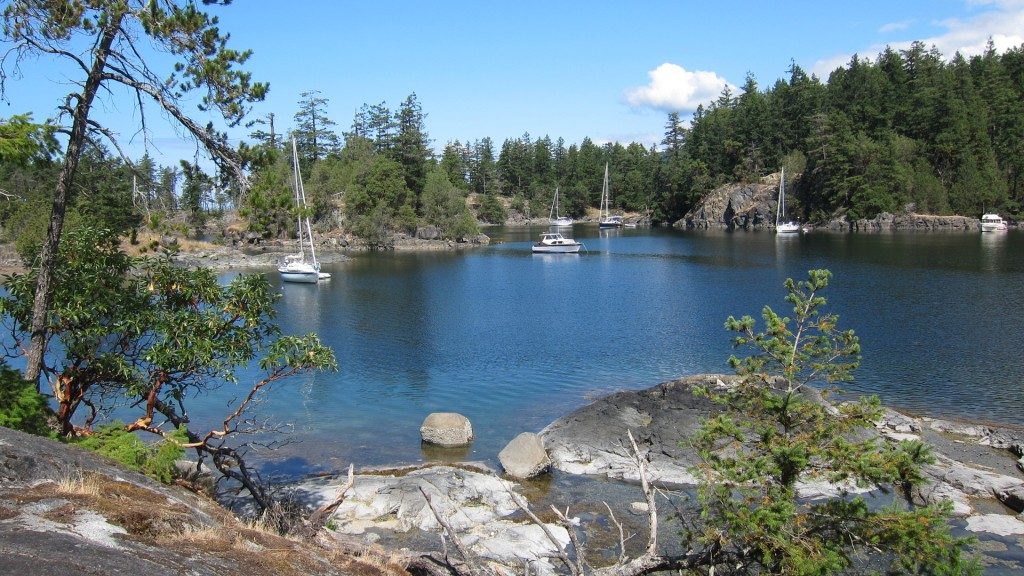
Some say the study is detracting from current transportation problem
By Rebecca Peterson, Staff Writer
A study funded by the BC government is now underway to decide whether or not it’s feasible to build a highway connecting the Lower Mainland to the Sunshine Coast.
Though the Sunshine Coast is a popular tourist destination for BC, it is currently difficult to access. Despite being part of the mainland proper, the Sunshine Coast is divided from the Lower Mainland by several deep and wide inlets. As it stands now, the only access to the area, which has a population of 30,000 people, is by BC Ferry, with multiple transfers between Vancouver and a Sunshine Coast destination.
In light of this, the government has awarded a $250,000 contract to engineering firm R.F. Binnie. The firm’s study will investigate whether or not it is cost-effective to connect Highway 99 to the Sunshine Coast by spanning the inlets with multiple bridges, using the islands in the wider inlets as touch-points.
“There’s always been talk of [a fixed link], but I’ve never heard as much talk as I have in the past four or five years,” said the NDP MLA for Powell River, Nicholas Simons, to Business Vancouver. “Some people would suggest the government has made the ferry service so bad that it’s created a demand for alternatives.”
Despite the region being popular with tourists, the government has cut ferry service to the Sunshine Coast by a wide margin, resulting in longer wait times during ideal tourist periods such as long weekends. As much of the economy of the Sunshine Coast is reliant on tourist money, many citizens in the region consider themselves to be greatly affected by these changes. An overland access route might not come quickly enough to make any real impact on the current situation.
“It’s difficult for our businesses to be competitive given the cost and reliability,” said Gibsons Mayor Wayne Rowe to Business Vancouver.
Simons agreed with this sentiment, telling the Powell River Peak: “The fact a study is being undertaken does not absolve the government of their responsibilities to our communities in the meantime.”
The hope in the long-term would be for tourism and commerce to pick up along the Sunshine Coast, given easier and faster access to the Lower Mainland. However, the infrastructure necessary for this endeavour would take a great many years to complete. R.F. Binnie’s final report on the study is not expected back until the end of fall, long past the conclusion of the summer tourist season.
The concern as well is that the government might compare the cost of this proposed land route to the cost of the current, ineffective ferry systems, rather than the ferry systems that were in place prior to the cuts.
“I’m hoping the study answers all our questions and gives us an idea of what could happen in the future,” Simons said, “but in the meantime, the residents of the Sunshine Coast has transportation issues that need to be dealt with now.”


